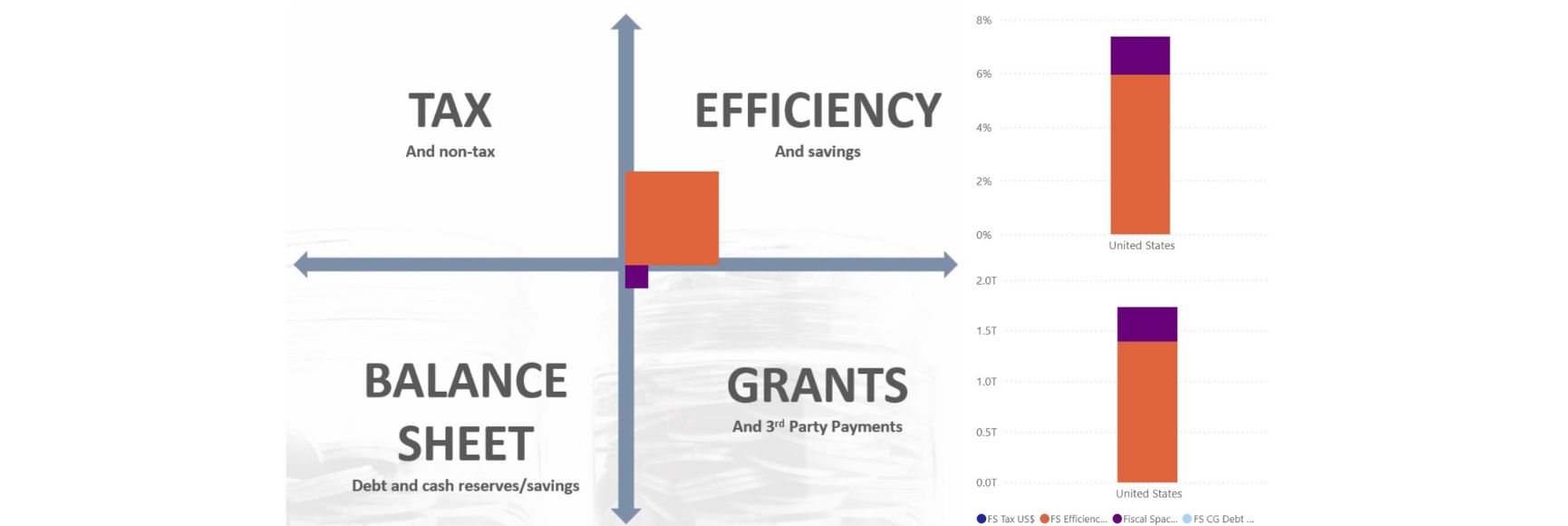Posted by Mauricio Villafuerte
“A plan is nothing, but planning is everything.” U.S. President Dwight Eisenhower (1957)
Until recently, developments in public debt and deficits were seldom the stuff of high drama in the world’s advanced economies. However, things have changed dramatically in the aftermath of the “Great Recession” of 2008–09. Public debt and deficits have skyrocketed. Intense negotiations between parties with different views on how to restore public finances to sustainability make front-page news in several of the largest countries on a daily basis. Investors’ concerns about fiscal sustainability in some advanced economies are reflected in major increases in funding costs. Thus, the design and implementation of credible fiscal adjustment plans in advanced economies is critical now and will remain so for many years to come.
Although the fiscal challenges facing policymakers today are greater than in the past, there is much to be learned from previous experience with large fiscal adjustment plans, including both those that achieved their objectives and those that ended up wide of the mark. This motivates a new book from the IMF’s Fiscal Affairs Department (FAD): Chipping Away at Public Debt—Sources of Failure and Keys to Success in Fiscal Adjustment, edited by Paolo Mauro, with a foreword by FAD’s Director, Carlo Cottarelli; published by Wiley; available in hardback and e-book.
Existing studies of fiscal adjustment have focused on ex-post outcomes, identifying successful fiscal adjustment episodes on the basis of the largest observed improvements in the fiscal balance. Our new book takes a different perspective. It identifies large, medium-term adjustment plans on the basis of their ex-ante envisaged improvement in the fiscal balance. The empirical analysis then compares ex-ante plans with ex-post outcomes, looking at the extent to which macroeconomic variables (growth, interest rates, and so on) deviated from those projected at the time when the plans were drawn up. We also track whether spending exceeded expectations, or revenues fell short of expectations, and why. This approach enables us to extract lessons from not only successes but also failures.
The book includes case studies for each of the G7 countries (Canada, France, Germany, Italy, Japan, the United Kingdom, and the United States). These are complemented by a statistical analysis based upon all the three-year “convergence” or “stability and growth” programs produced by each European Union country over the past couple of decades. In addition to fiscal variables (revenues, primary and interest expenditures, etc.) for the next three years, the programs include underlying macroeconomic assumptions (growth, inflation, etc.). This permits a comparison of expectations and outturns not only for the fiscal variables, but also for the macroeconomic variables (using real-time data), thus identifying economic and political determinants of deviations of actual from planned adjustment.
One broad finding is that most plans encountered large surprises. In particular, differences in economic growth compared with expectations embedded in the plans had a sizable direct impact on the fiscal accounts, as well as an indirect impact by altering policymakers’ and the public’s perceptions of the relative merits of fiscal adjustment versus stimulus. In addition, other macroeconomic shocks, revisions to past fiscal data, and political developments all presented significant challenges.
This broad finding highlights the importance of designing and implementing plans in a way that makes them sufficiently flexible to respond to shocks while credibly preserving their medium-term consolidation objectives. Indeed, this resonates with the message embedded in former U.S. President Eisenhower’s quote at the top of this blog post. The former general formulated it in reference to a military context where a shifting situation can make a plan obsolete and worthless, yet thinking through contingencies and the appropriate response to them is valuable. Eisenhower’s wisdom carries through, if appropriately adapted, to the context of public finance, where most of the time governments face significant surprises, especially with regard to macroeconomic developments. To us, if properly designed, plans are everything, because they embed policy commitments and help anchor expectations of market participants and the public at large.
Beyond these general results, we document a host of diverse factors that had a bearing on the success or failure of individual plans, and draw further lessons of interest to practitioners regarding the role of medium-term expenditure limits, fiscal rules, and contingency reserves, as well as the importance of accurate and timely data and the cooperation of sub-national governments. Finally, the book documents public support as an important factor for fiscal adjustment plans to succeed, which in turn highlights the key role that policymakers, think tanks, and academics can play in explaining the rationale and making the case for fiscal adjustment to the general public.
Note: The posts on the IMF PFM Blog should not be reported as representing the views of the IMF. The views expressed are those of the authors and do not necessarily represent those of the IMF or IMF policy.





